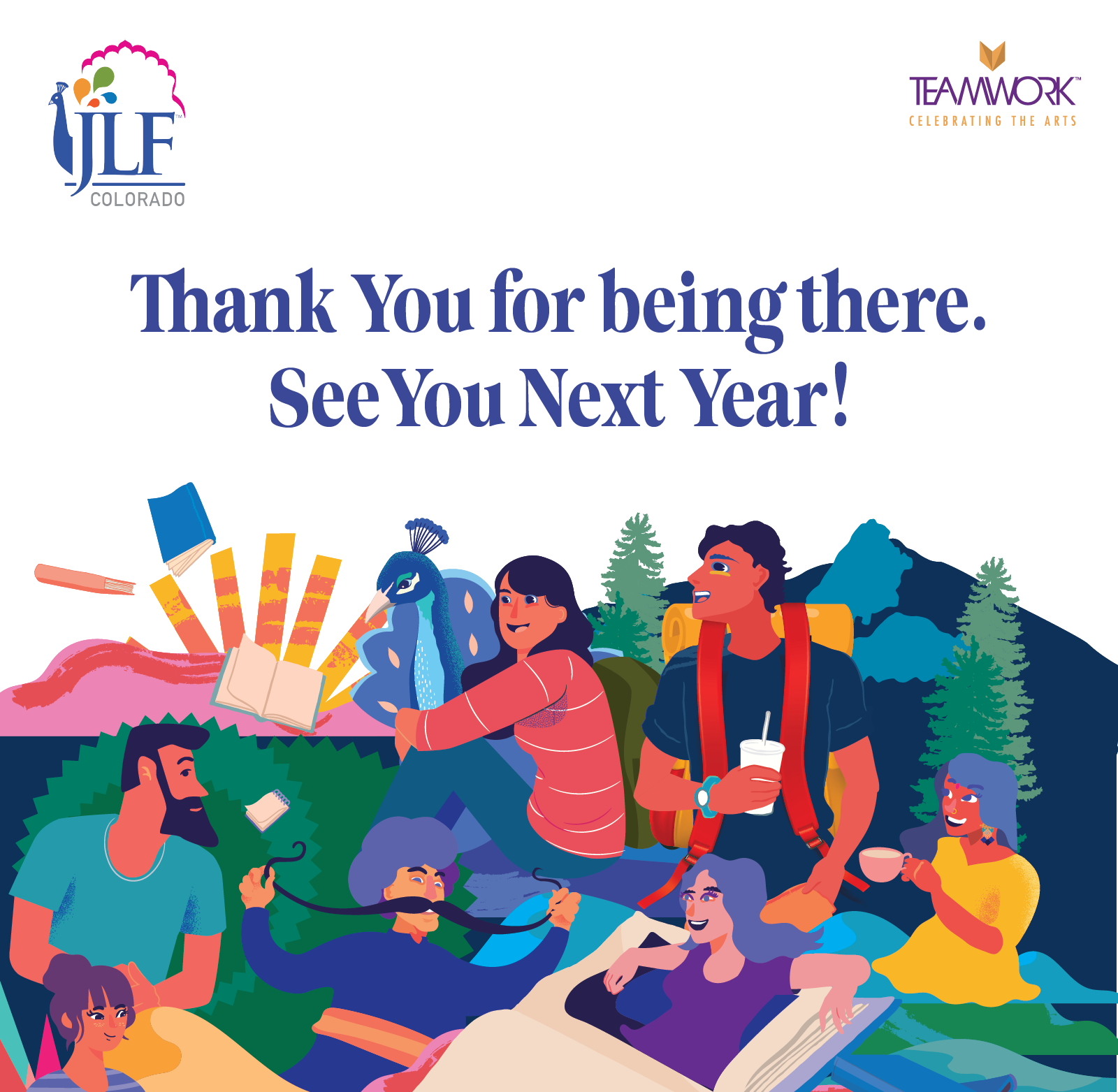


Pleasing Pollinators
By Debra Nicholson, Official Jaipur Literature Festival Blogger/ Boulder
Pollinators are dying out, and they have no choice.
About 200,000 pollinator species, including over 20,000 species of bees, and various species of flies, butterflies, moths, wasps, beetles, thrips, birds, bats and other vertebrates* have given everything they’ve got, and we’ve used, abused, and neglected them in return.
Here are just some of the things pollinators have done for us:
They keep the ecosystem going. Nearly 90% of wild flowering plant species depend on pollen transfer. These pollinated plants provide food, habitats, and other resources for many other species.
They help feed us. Nearly 75% of our most important global food crops depend on their services. Pollinator-dependent crops contribute to more than a third of the world’s food supply.
Pollinator-dependent crops provide millions of people with employment and income world-wide. Crops bring in a market value of $235 billion-$577 billion (2015 U.S. dollars), which is 5-8 per cent of our global crop production.
Although we would not starve without pollinator-dependent foods such as fruits, nuts, and vegetables, we would be subsisting on an extremely limited plant food selection (think bread and potatoes), and far less healthy.
Not only do pollinators contribute to our ecosystem and world food supply, they are also incredibly useful in manufacturing and production, from medicines, biofuels (eg. canola and palm oil), fibers (eg. cotton and linen), construction materials (eg. timbers) to musical instruments.
As if that were not already enough, pollinators further enrich our lives by providing cultural and social inspiration in the arts and crafts, religion and rituals, and technology and education. The Flight of the Bumblebee, an orchestral interlude by Rimsky-Korsakov, and India’s Nobel Prize winner Rabindranath Tagore’s lovely aphorism are two famous examples:
“The butterfly flitting from flower to flower
ever remains mine,
I lose the one that is netted by me.â€
Pollinators give everything, and we only require more.
We’ve pushed them out of their habitats with large, monoculture farms that do not provide enough variety or quantity of nutritional food sources. When a thousand-acre single-species crop drops its flowers after two weeks, pollinators cannot find other food sources because we’ve annihilated the surrounding natural areas.
We’ve turned beekeeping into an agribusiness, over-managing honeybee colonies for higher profit. For example, in the U.S., millions of bees are trucked from place to place providing leased pollinator services for almonds, apples, cherries, plums, avocados, pumpkins, cranberries, squashes, clementines, and tangerines, among other plant species. Not only does this stress the bees, the practice spreads bee diseases to other colonies as well as to wild bee populations.
Agricultural pesticides create lethal and sub-lethal effects on pollinators. For example, the combination of pesticides with commercial beekeeping fungicides, miticides, and other chemicals interact to decrease honeybees’ resistance to pests and pathogens.
Climate change affects pollinators by shrinking their territories; its full damage may be masked for several decades.
While it is difficult to assess global insect pollinator decline, data suggests that up to 40% of bee species may be threatened, and many commercial beekeepers have recently endured unexplained high losses. Furthermore, some 16.5% of vertebrate pollinator species are threatened with extinction (up to 30% for island species). Overall, there are not enough pollinators for the world’s 300% increase in pollinator-dependent crops over the last 50 years, which causes lower crop yields.
Our pollinators are suffering, but they haven’t reached the tipping point into extinction yet. We can still bring them back.
We can encourage sustainable farming systems, with multi-crop plantings, and connections between tilled acreage and wildflower patches and other natural habitats, while improving production. We can use local knowledge practices in “co-production with science†to discover solutions. We can reduce pesticide usage by promoting Integrated Pest Management and supporting education efforts for farmers, home gardeners, and urban entities. We can adopt more effective regulation of commercial beekeeping to reduce the spread of infectious bee diseases. We can continue to fund research to fill knowledge gaps about pollinators, including the effects of genetically modified organisms and controversial pesticides. We can demand that international and national policymakers collaborate to protect pollinators.
With coordinated efforts on many fronts, we can restore the vital, mutually beneficial relationship with our pollinators.
Our pollinators please us; let’s show them we’ve changed our ways and want to please them.
[1] *Primary source: The Assessment Report on Pollinators, Pollination and Food Production: Summary for Policymakers,†from IPBES (Intergovernmental Science-Policy Platform on Biodiversity and Ecosystems Services). Experts from all over the world analyzed 3,000 scientific publications, and this report was accepted by the Plenary of IPBES in Kuala Lumpur in February 2016, and made available to international and national policymakers. It represents the most up-to-date survey of global pollinator literature we have.
©Debra Nicholson 2016
Title Image:
Eastern Swallowtail Butterfly on thistle.
Photo credit: ©Kathy Heisinger (used with permission)
Like this blog? Find more interesting blogs about the Jaipur Literature Festival in Jaipur too! Click here.
Disclaimer: We do not endorse, support or subscribe for any statement, view or comment expressed or posted on this blog or social media page. Any view, statement or comment posted on this platform does not represent the views of Teamwork Arts, its affiliates or its employees or any person associate with Jaipur Literature Festival (JLF), unless specifically stated otherwise.



Leave a comment